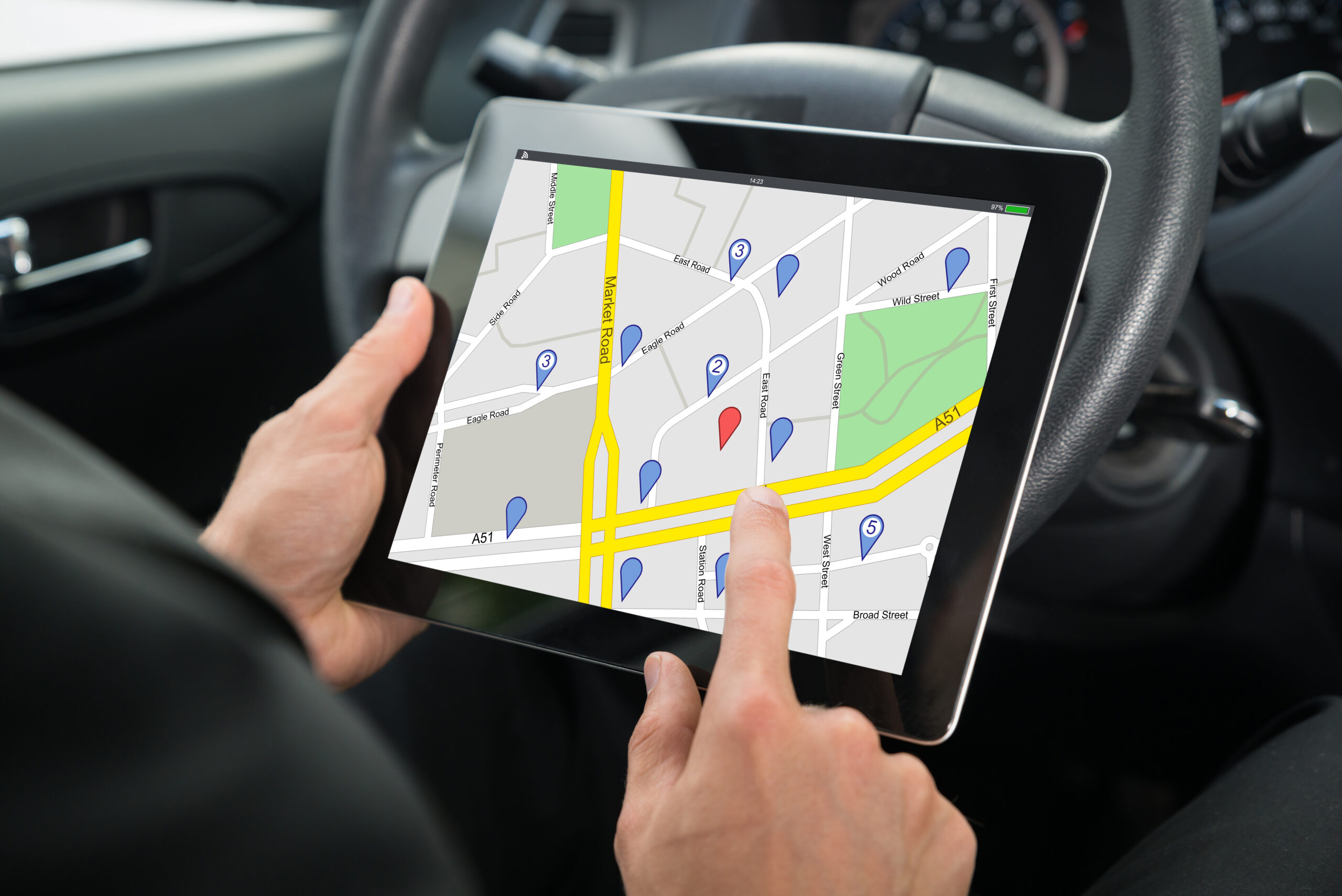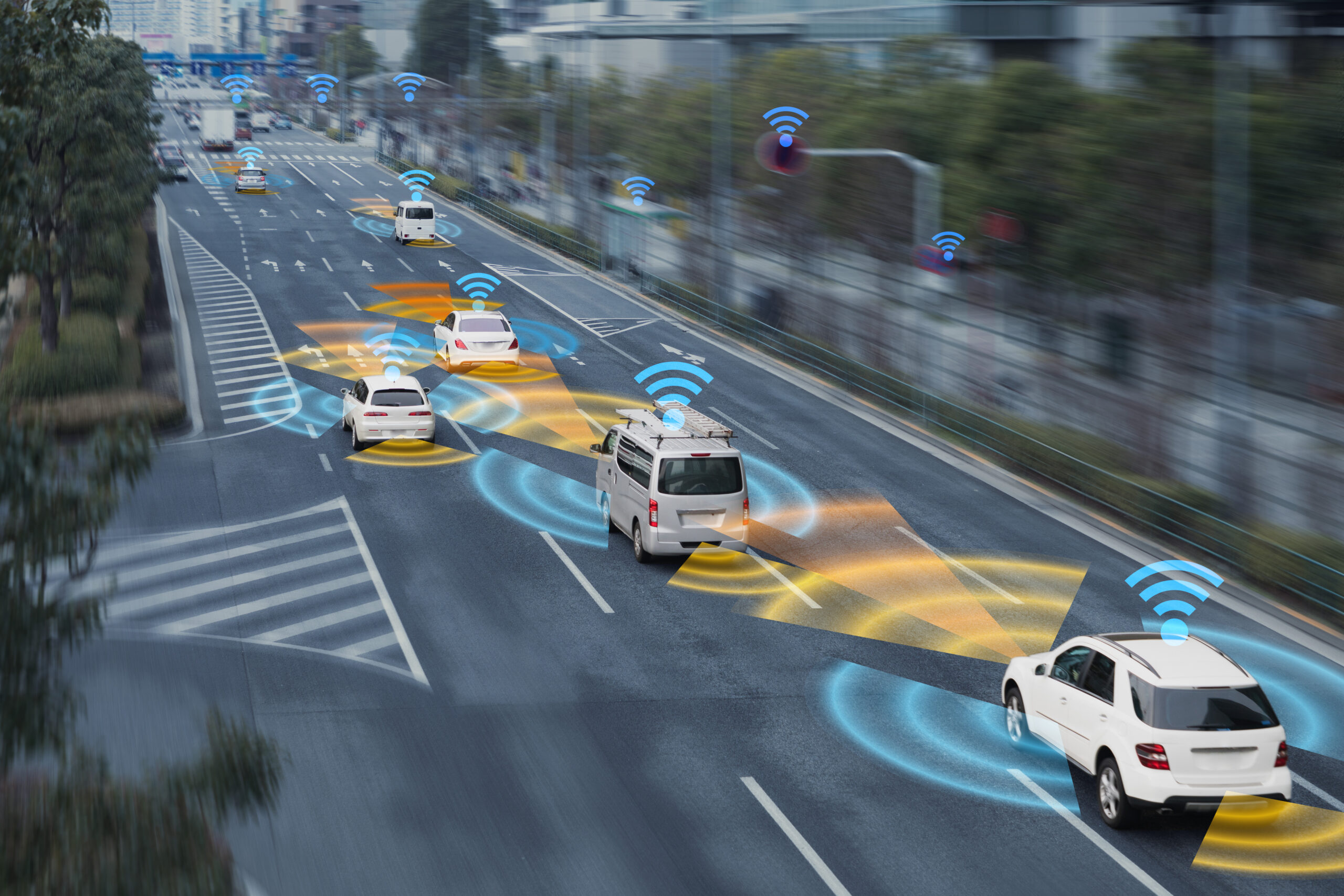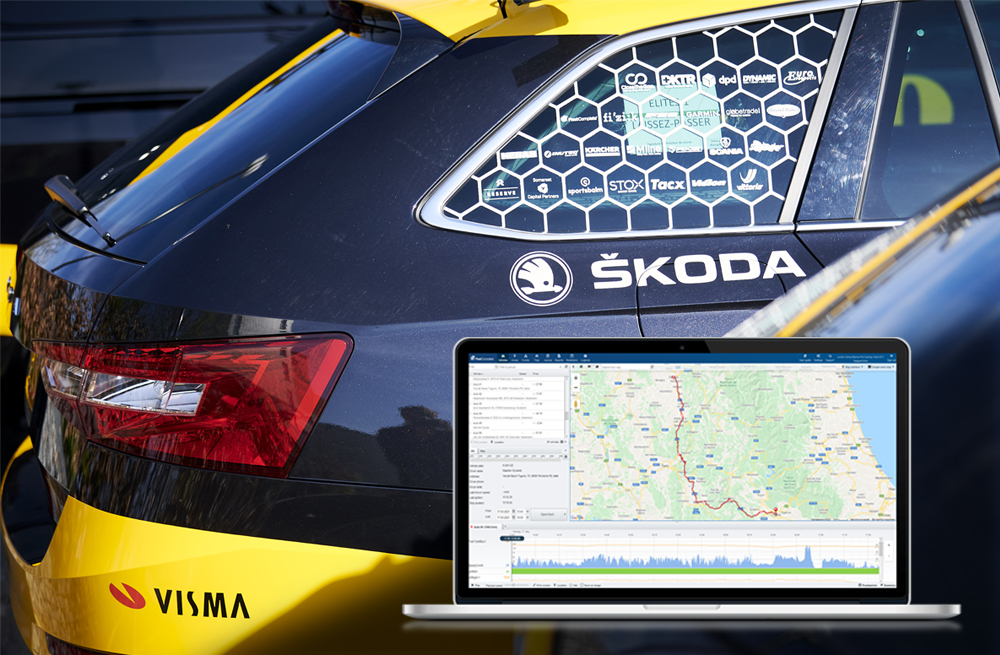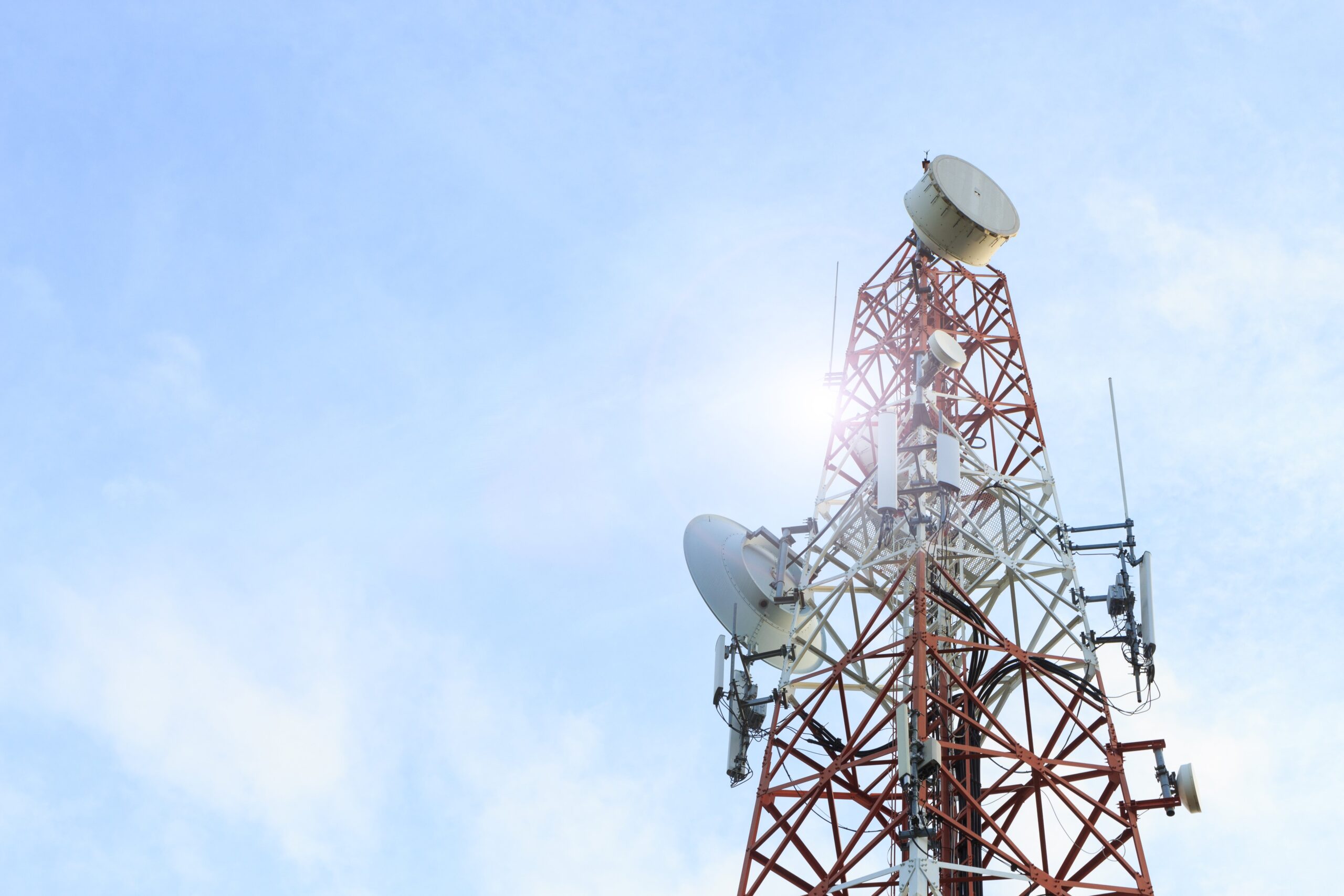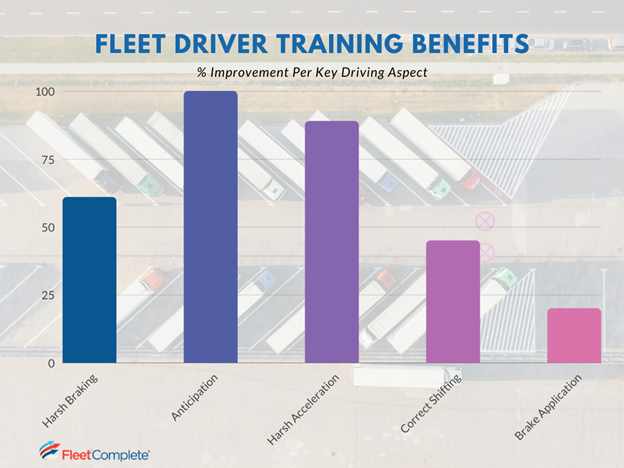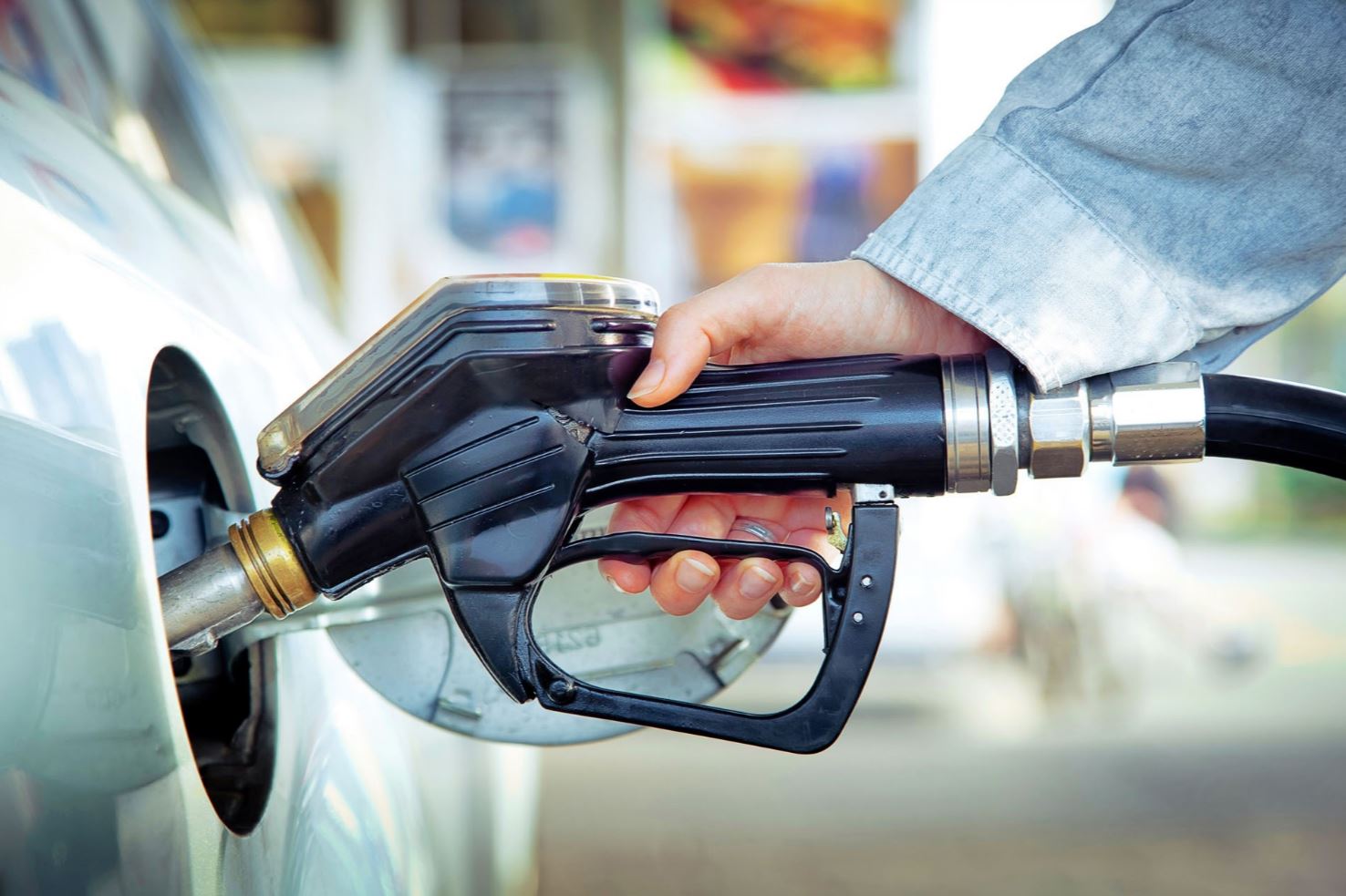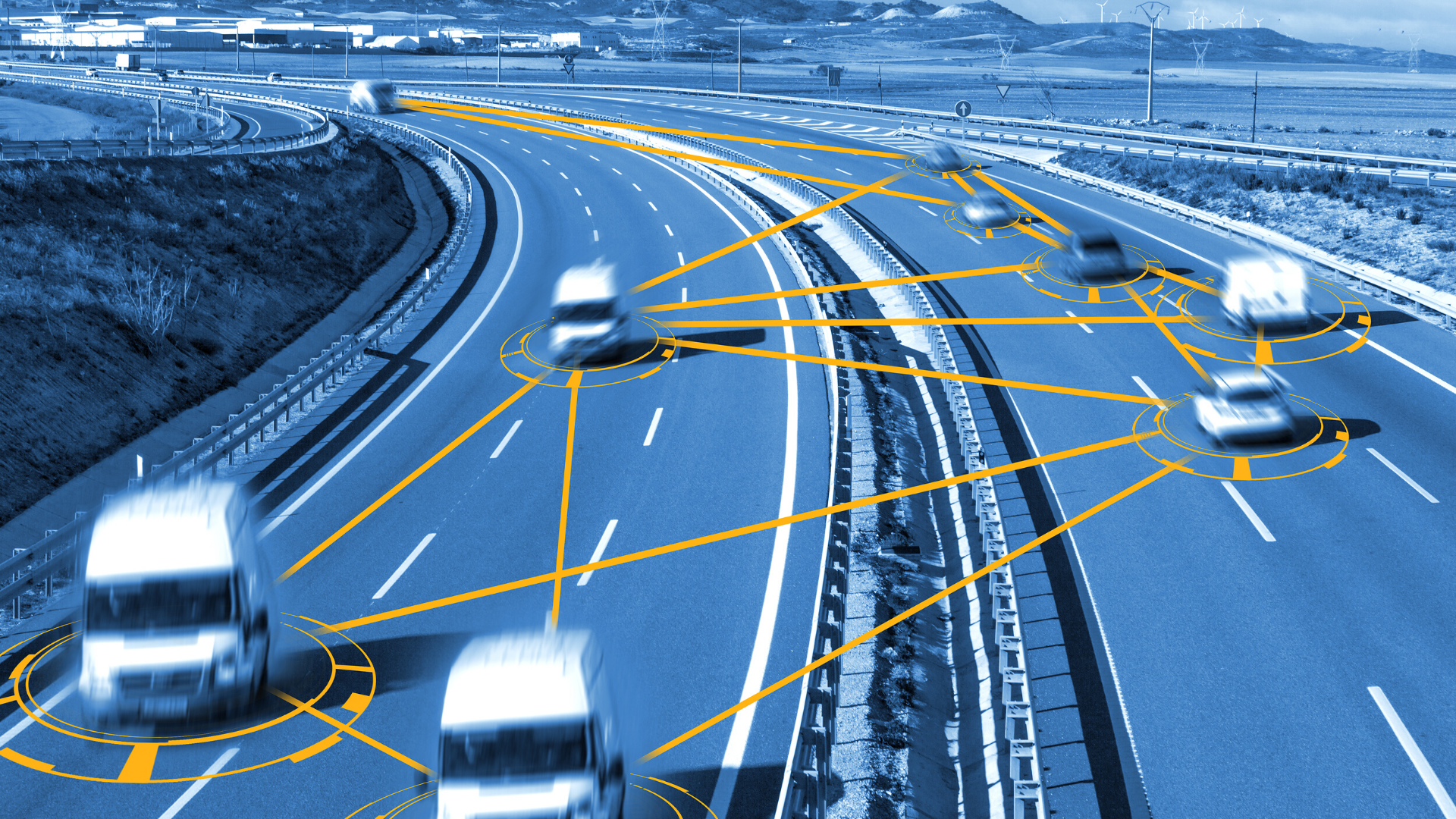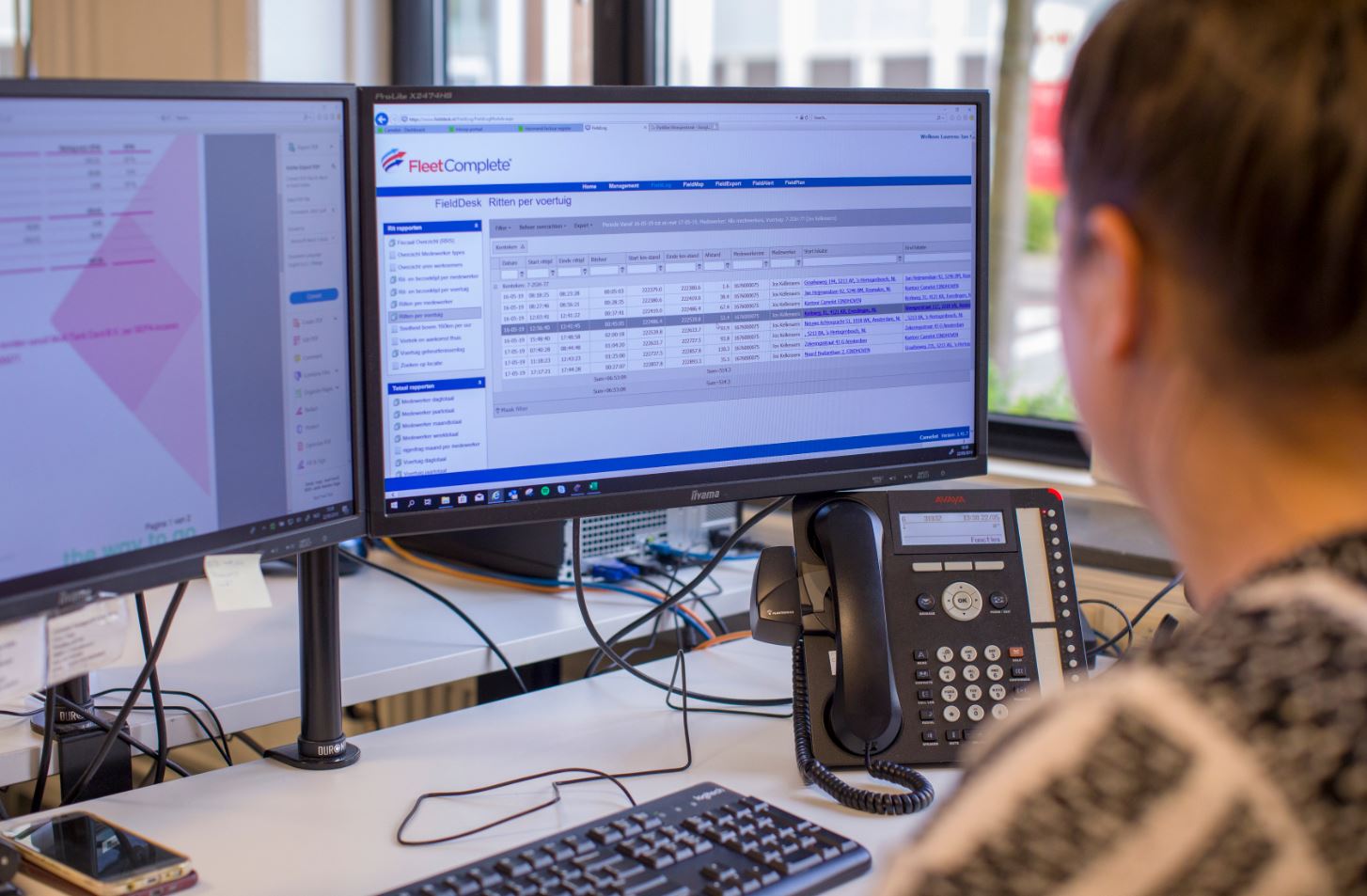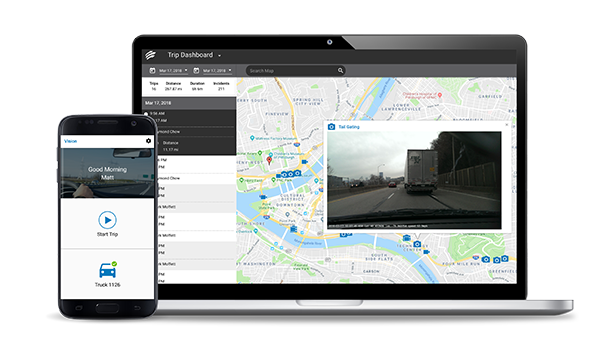Fleet telematics is a powerful and comprehensive solution that has been driving the automotive and transportation industry for decades. Combining ‘telecommunications’ and ‘informatics’, the definition of vehicle telematics is the collection, transmission and analysis of data collected from remote devices found in vehicles, which is transmitted through wireless technology.
Telematics devices, also known as GPS vehicle tracking, capture information about your fleet’s driving behavior, from how fast the vehicle is being driven to the distance covered. You can use fleet tracking to monitor and report on the intricacies of your drivers’ journey, from idling to fuel use. Knowing this information can improve fleet management and enhance driver safety for more efficient driving.
Below, we’ll uncover the benefits of telematics technology for fleet operators, its functionality and the potential future of telematics solutions for you to make informed decisions for your entire fleet and overall organization.
What are the key components of a telematics device?
Telematics devices are made up of several key components including:
- Hardware: Fleet telematics systems consist of hardware devices that capture and transmit data. This can include GPS receivers, accelerometers, gyroscopes, OBD-II (On-Board Diagnostics) ports, and various sensors to monitor vehicle performance and driver behavior.
- Connectivity: Telematics data is transmitted using various communication technologies such as cellular networks, satellite systems, and Bluetooth. The choice of connectivity depends on the application and the desired level of data transfer speed, coverage, and reliability.
- Software and analytics: The collected data is processed and analyzed using fleet telematics software and analytics platforms. These tools help extract meaningful insights, generate reports, and provide actionable information to improve efficiency, safety, and decision-making.
- GPS tracking: Vehicle tracking devices utilize GPS technology to accurately track vehicles in real-time. This allows fleet managers to monitor the exact location of their vehicles and plan the most efficient routes for drivers.
- On-board diagnostics (OBD): By incorporating OBD technology, you can monitor engine performance, fuel consumption, and speed. You can then identify vehicle maintenance issues and optimize fuel efficiency.
- Wireless communication: Fleet telematics devices rely on wireless technology such as satellite communication to transmit data from vehicles to your chosen fleet management system. This allows for real-time monitoring, wherever your vehicles are located.
- In-cab displays/mobile apps: Telematics devices can provide in-cab displays or mobile apps for drivers to receive notifications and access information when needed. This allows drivers to receive useful information such as real-time navigation assistance and safety alerts which can improve both safety and productivity too.
- Cloud-based software: GPS fleet tracking data is usually stored and processed in the Cloud, allowing you to access data from anywhere provided you have an internet connection.
- Event-triggered alerts: Telematics devices can be programmed to generate alerts that are triggered by certain events or conditions, such as harsh braking, speeding, and engine faults. This keeps fleet managers informed and able to make data-led decisions that improve safety and fleet compliance.
- Integration with other systems: Devices are designed with integration in mind, to seamlessly connect with other systems such as fleet management software and maintenance management solutions.
- Customizable reporting and analytics: Telematics devices make reporting and analytics straightforward, allowing you to generate customizable reports that are tailored to your fleet’s specific objectives.
How does telematics software work?
A telematics device is installed in your vehicle to collect data from various sources such as the onboard diagnostics system (OBD), the GPS receiver, and other sensors.
The types of data that your telematics device can gather include:
- The position of the vehicle
- Vehicle location tracking
- The trip distance/time
- Idling time
- Harsh braking and driving
- Seat belt use
- Fuel usage
- Vehicle faults
Once the above data is collected, it’s transmitted to a central server for processing, or is otherwise processed by the device itself. This allows the raw data to be filtered out to remove anything irrelevant, and formatted for storage and analysis.
Once it’s interpreted and categorized, your data is then transmitted to a central server or Cloud-based platform through wireless technologies. It’s then received by your chosen fleet management software. That way, once the data reaches you it’s easy to understand, process and analyze.
What are the applications of telematics devices?
Telematics devices can be used for several reasons across multiple different industries. For example, fleet telematics devices are a popular choice for the transportation and logistics industry – enabling fleet managers to monitor vehicle location, fuel consumption, driver monitoring and driver behavior to plan the most efficient routes and enhance their customer service. Similarly, those working in the construction industry can rely on telematics devices to support their vehicle location tracking in in real time and be kept informed of any unnecessary overtime or inefficient performance. Oil, gas and mining fleet managers use telematics devices to ensure they adhere to the compliance regulations of their industry. Telematics devices can help monitor drivers’ Hours of Service and ensure businesses comply with regulations, to avoid penalties and ensure driver safety at all times.
The benefits of telematics in fleet management
Telematics technology can offer significant benefits for all fleet operators and managers looking to cut costs, improve their efficiency and prioritize the safety of their drivers. Here are some of the key benefits of telematics to keep in mind for effective fleet management:
- Reduced fuel costs: Vehicle telematics offer insight into the fuel consumption of your fleet and idle times. Telematics allows you to optimize routes, which can reduce idle times and reduce both your fuel consumption and environmental impact.
- Improved safety management: Vehicle tracking systems allow you to track your drivers’ behavior and monitor issues such as speeding, harsh braking and acceleration to promote safer driving habits.
- Easier vehicle maintenance management: You’ll receive real-time vehicle diagnostics data from your telematics device, allowing you to schedule preventative maintenance when needed and detect potential issues early on. Engine diagnostics data can help you to reduce repair costs and minimize downtime.
- Enhanced customer service: Telematics unlocks real-time vehicle tracking for you to optimize your route planning for quicker delivery, which can improve customer experience and satisfaction.
- Optimized fuel management: Telematics helps improve your fuel management by providing real-time telematics data on fuel usage, helping you monitor consumption patterns and detect inefficiencies. By identifying excessive engine idling, inefficient routes, and fuel-wasting behaviors, you can take action to improve overall fuel efficiency.
- Simplified compliance management: Telematics helps simplify compliance by automatically tracking Hours of Service (HOS) and Electronic Logging Device (ELD) mandates. It generates accurate reports for audits and inspections, reducing administrative workload and ensuring regulatory adherence.
What are the key considerations for telematics implementation?
After learning the key benefits vehicle telematics can bring to your business, you’ll want to make sure your implementation is a success. These key factors can impact the effectiveness of your telematics implementation.
Data security and privacy
With the vast amount of GPS data being collected and transmitted, it’s important to ensure robust security measures are in place to protect your sensitive information. Encryption, secure networks, and data access controls are essential components of a reliable telematics system.
Integration and scalability
When implementing telematics, it’s vital to consider integration with existing systems and scalability to accommodate future growth. Seamless integration with fleet management, open platform telematics systems, CRM, or ERP systems can provide a comprehensive view of operations and enable data-driven decision-making.
Driver acceptance and training
Introducing telematics to drivers or employees requires effective communication and training. Emphasize the benefits of telematics in improving safety, optimizing performance, and fostering accountability to gain driver acceptance and engagement.
Regulatory compliance
Depending on your region and industry, there may be specific regulations and compliance requirements related to telematics data. Ensure your system adheres to these regulations to avoid any legal complications.
The future of telematics
Telematics is transforming the way we interact with vehicles and manage fleets. By harnessing the power of data, businesses and individuals can optimize performance, improve safety, and enhance operational efficiency. Whether you’re a fleet manager, an insurance company, or a technology enthusiast, understanding the fundamentals of telematics and its applications will empower you to navigate this dynamic and exciting field.
As technology continues to advance, telematics is likely to evolve too. We can expect AI and machine learning to play a significant role in telematics systems and devices, unlocking more advanced predictive analytics and the ability to identify trends and insights from your telematics data. It’s likely that as telematics evolve, it will play an important role in sustainability and reducing your fleet’s carbon emissions. Advanced telematics may be able to optimize route planning, encourage eco-friendly driving behaviors, and contribute to improved air quality and lower emissions.
Improve your fleet with the ultimate telematics solution
Telematics devices can optimize your fleet management initiatives, to drive significant change in your organization. Learn about how telematics can transform your business and offer a competitive advantage through improved driver safety and fuel efficiency – contact us today or request a demo to get started.





